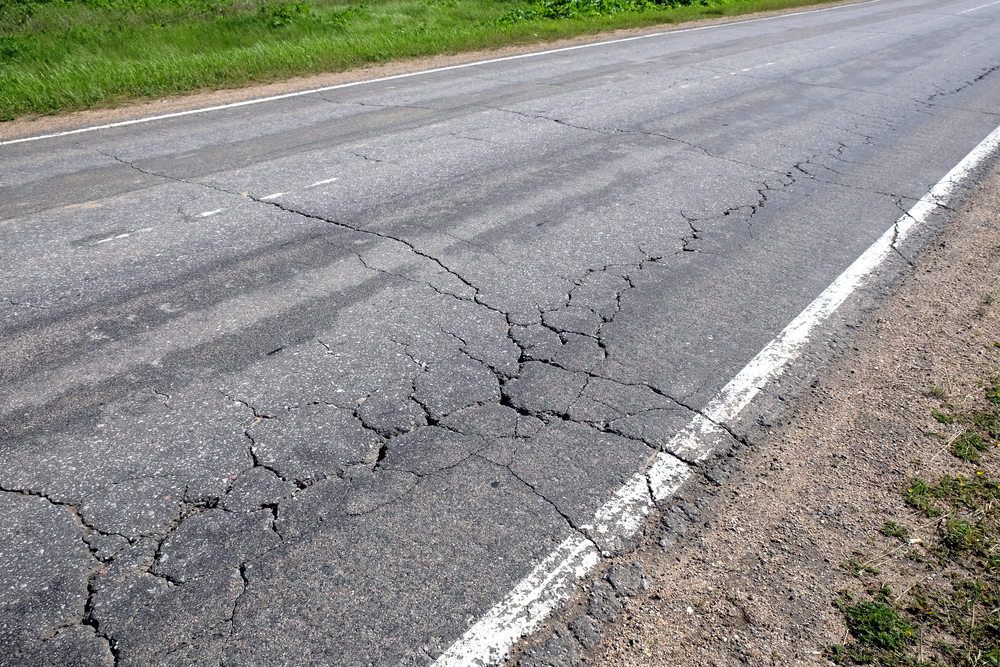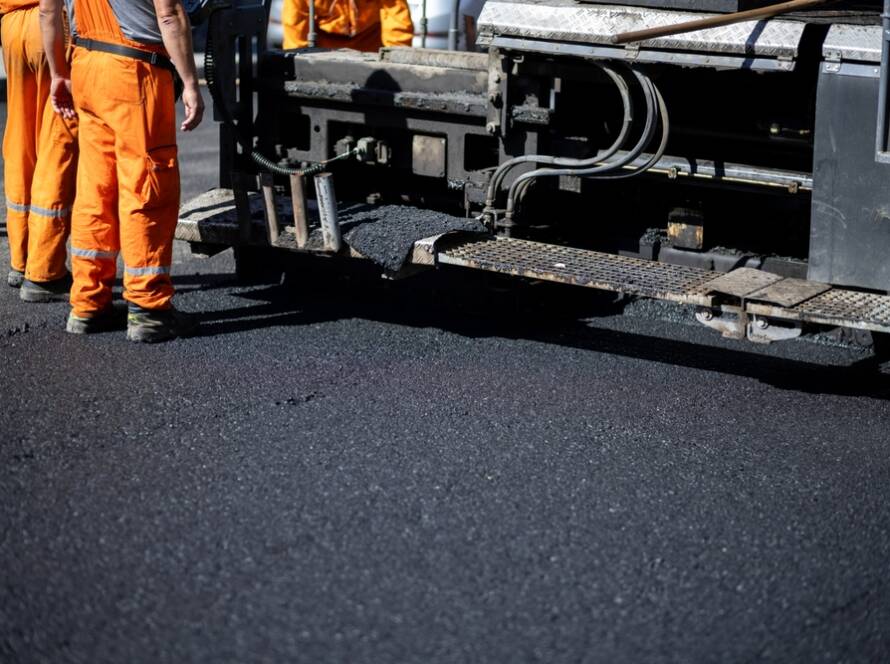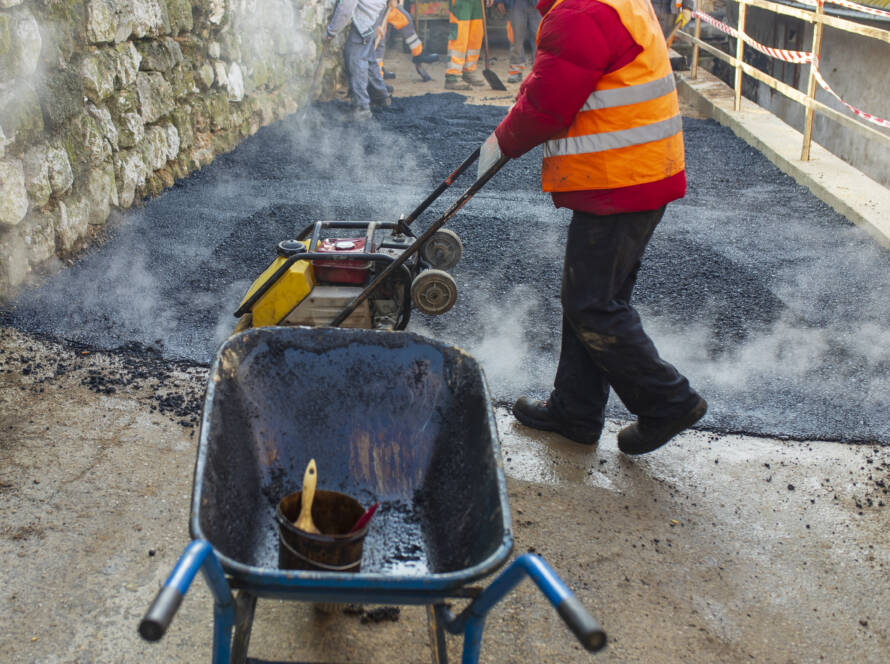The Impact of Weather on Asphalt and Tarmac Surfaces
Asphalt and tarmac are common materials used for constructing roads, parking lots, and airport runways. These surfaces are exposed to various weather conditions throughout the year, which can significantly impact their durability and performance. In this article, we will explore how different weather conditions affect asphalt and tarmac surfaces and what measures can be taken to maintain their integrity.
Summer Heat and Sunlight
During the summer months, asphalt and tarmac surfaces are subjected to intense heat and sunlight. The high temperatures can cause the materials to soften and expand, leading to several issues:
- Rutting: When heavy vehicles pass over softened asphalt, they can create depressions or ruts in the surface.
- Bleeding: Excessive heat can cause the binder in the asphalt to rise to the surface, creating a slick and shiny appearance.
- Oxidation: Prolonged exposure to sunlight can accelerate the oxidation process, causing the asphalt to become brittle and more susceptible to cracking.

To mitigate these issues, road maintenance teams can:
1. Use lighter-colored aggregates in the asphalt mix to reflect more sunlight and reduce heat absorption.
2. Apply sealcoats or surface treatments to protect the asphalt from oxidation and maintain its flexibility.
3. Schedule resurfacing projects during cooler months to ensure proper compaction and curing of the asphalt.
Winter Freezing and Thawing
In colder climates, asphalt and tarmac surfaces face the challenges of freezing temperatures and freeze-thaw cycles. When water seeps into cracks or pores in the surface and freezes, it expands, causing further damage:
- Potholes: As the ice expands and contracts, it can break apart the asphalt, creating potholes that pose a hazard to vehicles.
- Crack propagation: Freezing water can widen existing cracks, allowing more moisture to penetrate the surface and accelerate deterioration.

To address these problems, road maintenance crews can:
1. Ensure proper drainage to prevent water from pooling on the surface and seeping into cracks.
2. Seal cracks and fill potholes promptly to minimize water infiltration and prevent further damage.
3. Use asphalt mixes designed for colder climates, which contain additives that improve flexibility and resistance to freezing.
Rainy Season and Moisture
Rainfall and moisture can also take a toll on asphalt and tarmac surfaces. When water penetrates the surface, it can weaken the base and subbase layers, leading to structural issues:
- Stripping: Moisture can cause the asphalt binder to strip away from the aggregates, reducing the surface’s strength and durability.
- Alligator cracking: As the base layers weaken, the surface can develop a network of interconnected cracks resembling an alligator’s skin.
“Moisture is one of the most significant factors affecting pavement performance. It can lead to a variety of distresses, including stripping, raveling, and fatigue cracking.” – National Asphalt Pavement Association
To combat moisture-related problems, road designers and maintenance teams can:
1. Incorporate adequate drainage systems to quickly remove water from the surface and base layers.
2. Use moisture-resistant asphalt mixes that contain additives to improve adhesion between the binder and aggregates.
3. Apply surface treatments, such as fog seals or chip seals, to protect the asphalt from water infiltration.
Conclusion
Asphalt and tarmac surfaces are constantly exposed to various weather conditions that can impact their performance and longevity. By understanding how heat, sunlight, freezing temperatures, and moisture affect these materials, road designers and maintenance teams can implement strategies to minimize damage and extend the life of the surfaces. Regular maintenance, including sealing cracks, filling potholes, and applying protective treatments, is essential to keep asphalt and tarmac surfaces in good condition year-round.



